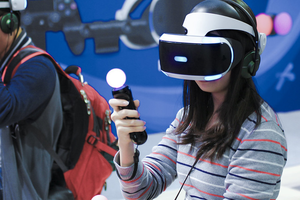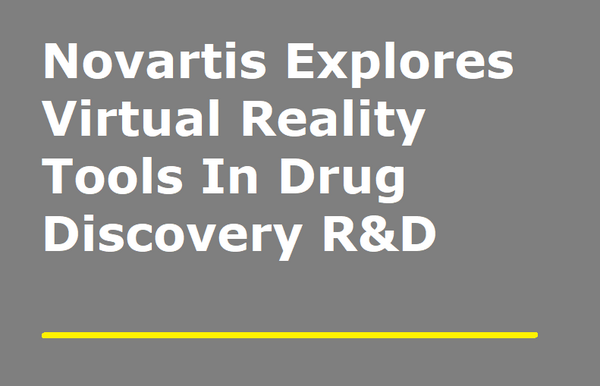Virtual Reality in Drug Discovery: More Useful Than You Probably Think
Using virtual reality (VR) for manipulating 3D models of small molecules and large biomolecules in the context of drug design is an interesting and emerging technological opportunity.
Topics: Industry Trends

